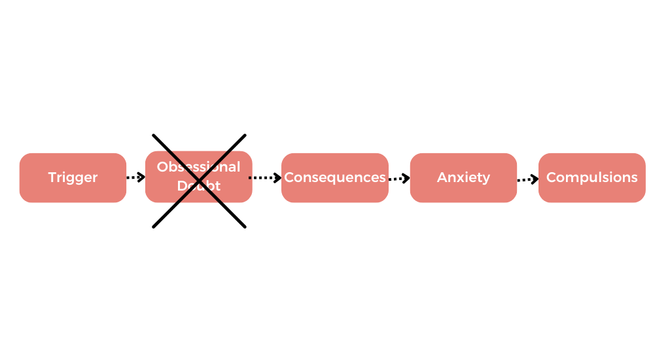
This month’s blog post is a combo blog and video blog. The videos will be posted on my Instagram @catherinesullivancounselling and at the end of month all the videos will be available on my YouTube channel @cscsyoga.
This month I’m going to be introducing you to a number of breathing exercises or as yogis call them, pranayama. These exercises are great to help calm you down, ground you, reset your central nervous system and energize you. Each of the exercises has a slightly different way that it can help which I’ll describe below. Then you can tune into Instagram all month to see a video of me demonstrating each technique.
1. Notice your Breath
- This is really the introduction to pranayama. To do breathing exercises you first need to stop and notice your breathing. Do this without judgment. Just sit in a comfortable position and observe your breath. Is it deep or shallow? Slow or quick? Does it feel warm or cold? Just sit there and notice your breath.
2. 3-part Breath
- This exercise helps you learn how to breathe into different parts of your abdomen. It’s helpful to notice this while you’re inhaling and exhaling. This helps you to slow down your breathing and it becomes more purposeful.
3. Alternate Nostril Breathing
- This exercise gets you to inhale and exhale through one nostril at a time. This is great if you have a headache or if you have any nasal congestion. It helps to balance your nervous system and bring it back into a state of equilibrium.
4. Bee Breath
- This technique of humming helps to stimulate your vagus nerve. This nerve is a big part of the system that helps you to calm down and regulate if you’re feeling anxious and overwhelmed.
5. Lion's Breath
- Lion’s breath is good for releasing tension in your jaw. If your jaw is tense this can lead to headaches. It’s also a fun one to do with kids!
6. Ujjayi Breath
- Ujjayi means victorious breath and this technique helps bring awareness to your breathing. While doing this technique you attempt to make a sound like ocean waves which is also soothing and regulating.
7. Interrupted Inhales and Exhales
- This technique is best done lying down and is very effective if you’re trying to get to sleep Remember that the paused breaths in this technique should feel comfortable and not strained.
8. Breath of Fire
- This technique is associated with stress relief. It also helps to increase mindfulness and overall respiratory health. If you’re new to this technique try doing it for 30 seconds and work your way up. Don’t do this if you’re pregnant or have heart and lung issues.
9. Breath of Joy
- This technique is done to help energize your body. It increases oxygen levels and stimulates your sympathetic nervous system. It’s great as a warm up or if you just want to feel more energized throughout the day.
I hope you find this month’s blog has given you useful tools to add to your toolbox to help calm down, relax and feel more energized. If you find that you need more support and might need more specific strategies or that these might just be a starting point for you, please go to my website and book a free consultation to talk about doing counselling with me.





